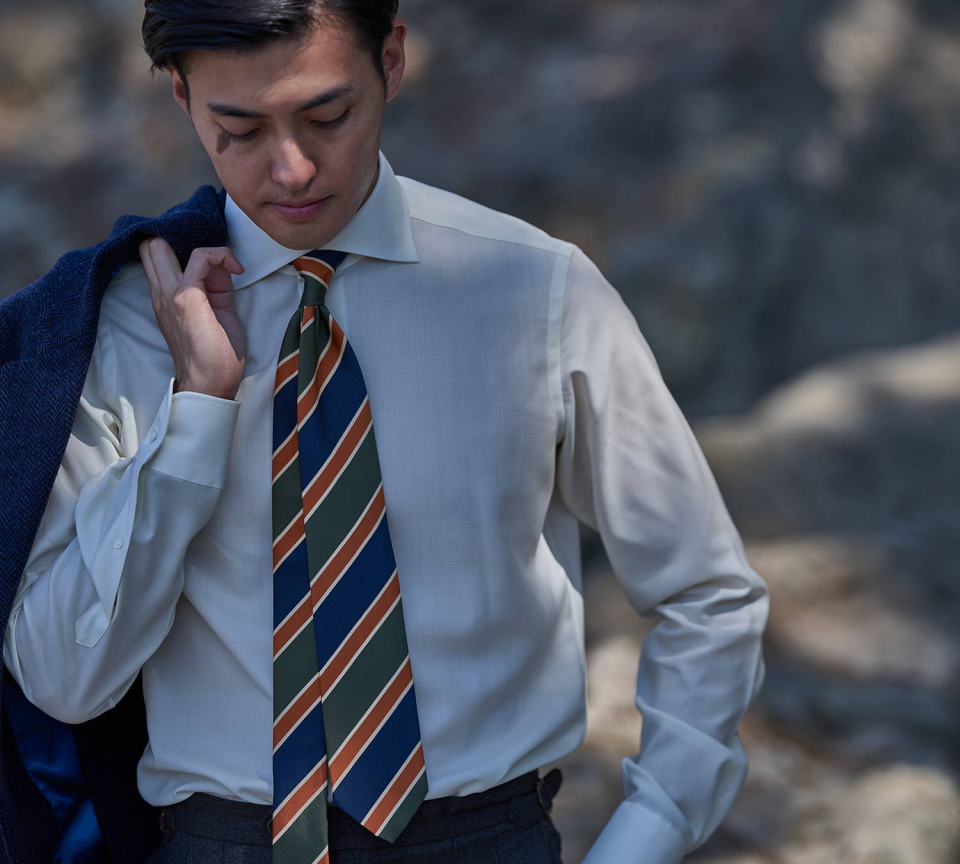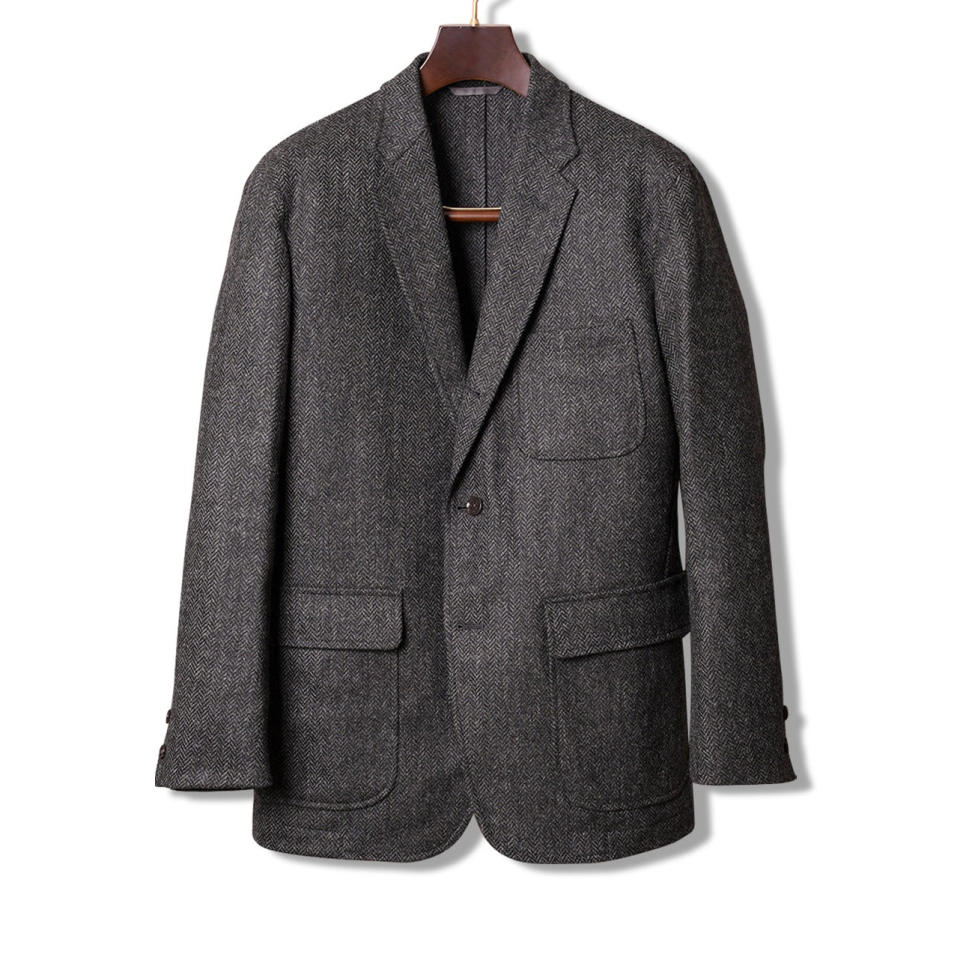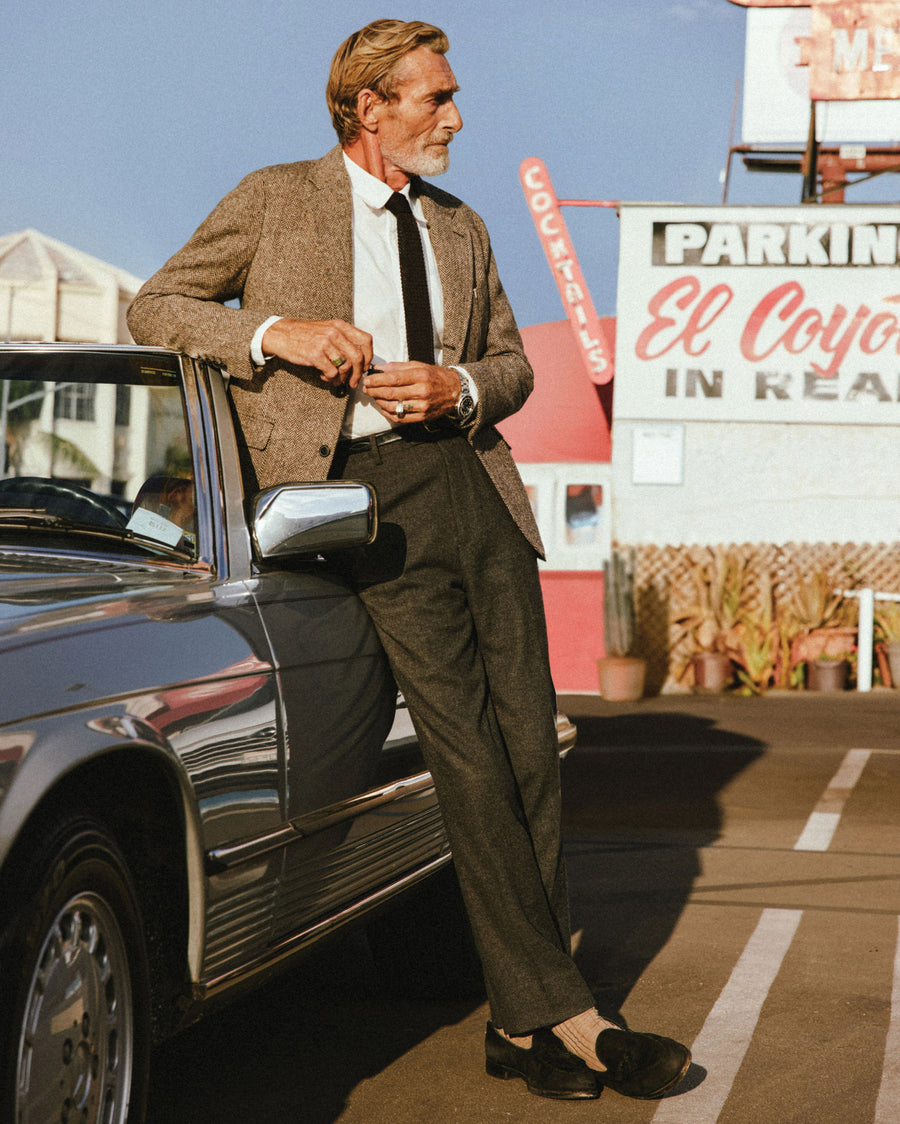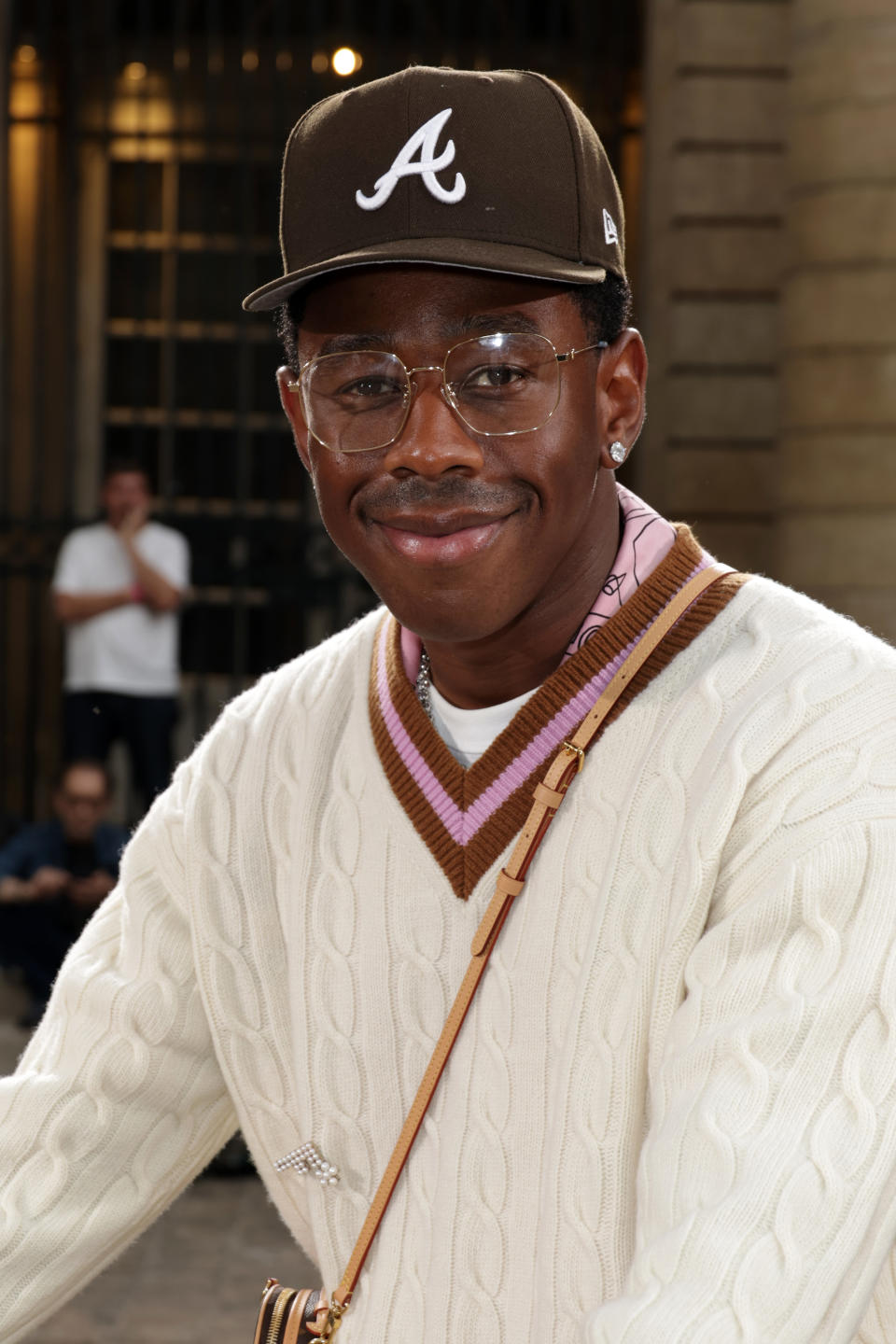The Fight for the Future of Prep

Our editors independently select the products we recommend. We may earn a commission on items bought through our links.
Ivy Style, the sort of American preppy style associated with the quadrangles of liberal arts colleges and the woolen ennui of autumn in New England, is in a weird place. Contenders from California, Japan, and London (not the Diana Spencer part) are fighting over Chesterfield thrones previously occupied by the likes of Brooks (Bros.), Press (J.), and Gant (all caps).
Today's Top Deals
No less than the future of navy blazers, full-cut chinos, and Bean boots are at stake!
So, what in the hell is going on? A redefinition of sorts. A refinement perhaps. The problem with American prep is the same as the problem with American cuisine, it’s a poorly defined default, a style so ambient as to not really seem like a style at all. By the mid-60s, you were just as likely to dress Ivy at the University of Oregon as Penn. Today, plenty of mall brands take Ivy affectations and market them to the unaffected, which is why Ivy staples like Sperry boat shoes are simultaneously JFK AF and just a boring pair of slip-ons. Rowing Blazers has gone even further, selling knockoff Oxbridge merch masquerading as Dartmouth chic at Target, an audience profile you’d almost have to dream into existence. Even more streetwear-conversant brands like ALD channel Ivy style—in that particular case, through the multifaceted prism that is George Costanza.
For any designer in America, playing with prep or Ivy is like describing water from the perspective of a fish. Perhaps that’s why today it’s the outsiders (and, yes, California counts as outside) who have anything particularly interesting to say.

Go East, Young Man
“No room for squares” boasts the new catalog from Kamakura Shirts, Japan’s dutifully hip purveyor of Ivy Style. Kamakura’s pedigree is impeccable. It’s been around for 30 years, and its two founders started their careers in the 1960s working under Japanese Ivy shogun Kensuke Ishizu. He functionally brought Ivy style to Japan in the 50s, and his brand VAN Jacket was the Brooks Brothers of the Far East.
Kamakura has just launched a new line called Kamakura Classics, which Kotaro Hisaka at Kamakura told SPY “is focused on American Ivy style from the 1950s.” The new line owes as much to the classic (read: long dead) campus store as it does to Japan’s fascination with midcentury American style. As W. David Marx chronicles in his essential book, Ametora: How Japan Saved American Style, “the Japanese built new and profound layers of meaning on top of American style—and in the process protected and strengthened the original for the benefit of all.” Kamakura, as heir to VAN, continues the process, having made handsome, durable $100 OCBDs in Japan for over a decade as part of their Vintage Ivy collection. A line realized thanks to a canny partnership with artist and designer Graham Marsh who is, you guessed it, not from Greenwich, CT, but from Great Britain.
This fall, the Ivy collection has been folded into Kamakura Classics, a line that now includes chinos, socks, a French corduroy work jacket, knit ties, and a lovely tweed blazer. The blazer in particular is a banger.

Unstructured Ivy Jacket
Buy Now $490.00
“In a Post-Covid era, no one wants to wear tailored jackets,” Hisaka told SPY. “I think that’s the main reason why many young Americans no longer like to shop at legendary American Ivy stores.”
The details of this one are all exactly right: soft shoulders, unlined, patch pockets, and a three-roll-two stance. It’s a subtle swerve, an unexpected riposte in a writing seminar. The Ivy Blazer is made in Japan from Abraham and Moon wool by a professional jacket maker who used to work with buzzy Japanese brand Ring Jacket in the 1970s.

Now Go West, Young Man
“We started with this idea of a guy that goes west — Ralph Lauren’s kid brother. He’s the odd man out. Grew up with a traditional East Coast background, but once he falls into the spirit of the West, things get stripped down. Instead of loafers, he’s wearing a pair of beat-up Vans and figuring how to pair that back to his tweed blazer or vintage army chinos.”
That’s Erik Allen Ford, co-founder of the Venice, California, menswear brand Buck Mason. Ford told SPY that Buck Mason is being built around “the spirit of California.” In that context, the brand’s new West Coast Ivy collection reads as an acknowledgment that Harvard guys (think: Matt and Ben and sure, Robin Williams) sometimes go Hollywood. Don’t look now, but there’s Briton Graham Marsh again with his excellent 2011 book, Hollywood and the Ivy Look.
“We did the patch pockets on the Graduate Blazer, and kept everything really casual,” said Ford. “If you wear the suit in Venice Beach you look great and I don’t think you’re overdressed. I’m wearing the jacket now, but with a t-shirt and vintage jeans.”
West Coast Ivy is Buck Mason’s first proper foray into tailoring, and though some of Ivy Style’s main reference points are already built into the Buck Mason brand — midcentury America, Donald Judd, Miles Davis — the goal was to figure out what a California suit looks like.
“A lot of getting this West Coast Ivy thing right ties back to styling. For us, there’s a certain undoneness that’s part of living in California. Like, we’re often missing a belt. There’s just less pomp and circumstance out here.”

Now Try Harlem, Young Man
A third and major source of inspiration recontextualizing Ivy style is the significant, if undersung, influence of mid-century Black musicians, artists, and activists. If your Ivy moodboard runneth stale, skip Chip, Tripp, and Flip and look to Miles, Martin, and Malcolm.
The best recent exploration is in British author Jason Jules’s 2021 book Black Ivy: A Revolt in Style, a fascinating look at how the likes of James Baldwin, John Coltrane, Sidney Poitier, and scores of others adopted Ivy League respectability (not that those schools were particularly interested in Black students) and put it to more radical ends.
“If it wasn’t for the interruption of the Black activists,” Jules told the New York Times, “we probably wouldn’t be seeing Ivy League clothing as interesting or cool right now. And it is cool, very cool.”
(FWIW, Graham Marsh designed Black Ivy. Dude is literally everywhere.)
Today, menswear polymaths Tyler the Creator and Andre 3000, who is, apparently, now a new-age musician, have played with Ivy signifiers and continue in the lineage of replanting Ivy in new, fertile soil and seeing what grows.
Ivy Now
What stands out about both Kamakura and Buck Mason, is that they have centered ease. Wearing a jacket and tie may not feel easy for men raised on AllBirds and Everlane (we’ll call that style Stanford Ivy), but part of Ivy’s original appeal was that it represented a casual rebuttal of the three-piece suit without abandoning class signifiers. It was a way to look rich and not be uncomfortable. In essence, Kamakura and Ford are still pursuing that idea that captivated the Princeton boys of the 40s, Osaka kids of the 60s, and #menswear kids of the 00s.
This current vision of Ivy sits on the very fine line between looking normal and looking knowing. It’s in the inspiration and the details, the precedent, and yes, to Ford’s point, the styling. It’s rad to like a mid-60s jazz cat or mid-50s Phi Delt pledge at Dartmouth and deeply un-rad to look like you work at the Brooks Brothers in the Detroit airport. This gets to the crux of the matter, Ivy is intended to be countercultural (albeit in an effete way) and therefore exists as both an American default and a reaction to that default. As soon as an Ivy institution goes truly mainstream – J. Crew is a fine example of this, its Ivyness is essentially voided. It becomes a jumping-off point for more creative work.
So look east or west or to the Black artists and activists who made Ivy their own and make it.
More Top Deals from SPY
Best of SPY

